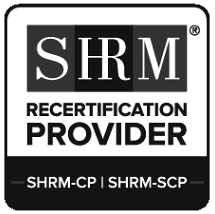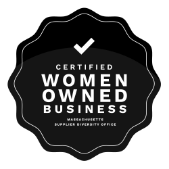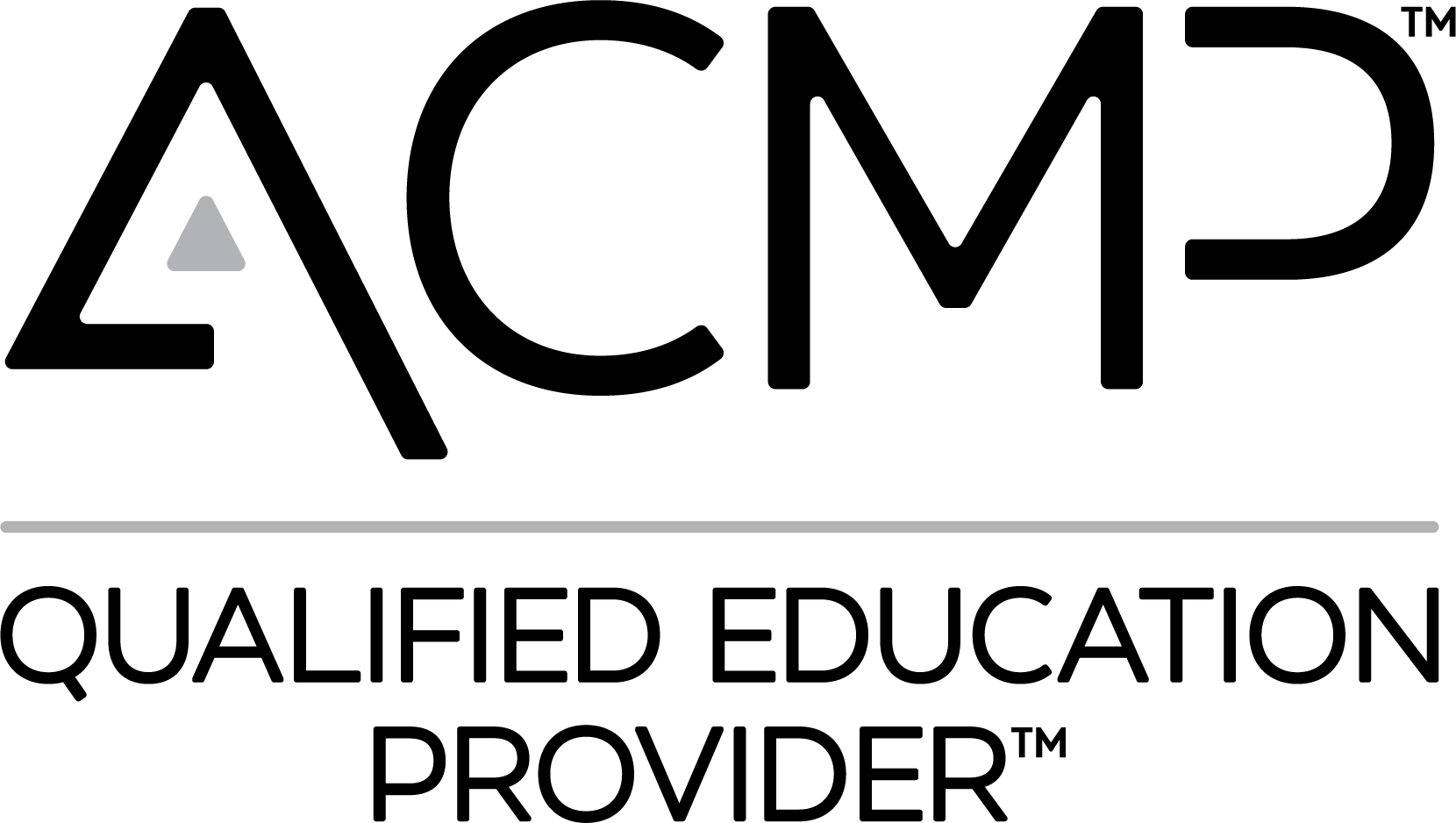Change is no longer a season. It’s the climate. In today’s fast-moving professional world, change in the workplace is not a matter of if, but when. From corporate restructures and new technologies to shifts in leadership and remote work dynamics, change is happening constantly, and employees must keep up or risk being left behind.
But instead of fearing disruption, what if we viewed it as an opportunity? What if we used each new challenge as fuel for growth, motivation, and even leadership?
This article will arm you with three powerful and practical strategies to not only survive workplace change but thrive through it. Whether you’re navigating a major organizational shift or simply feeling overwhelmed by frequent transitions, these steps will help you build resilience, find motivation, and grow stronger in the face of uncertainty.
Step 1: Understand the Change and How It Impacts You
The first step in adapting to any change is to gain clarity. Uncertainty breeds fear. The more clearly you understand what is changing and how it affects you, the more empowered you’ll feel.
Ask the Right Questions
Start by digging into the details:
- What exactly is changing?
- What’s the timeline for this change?
- How does it impact my role or my team?
- What’s expected of me to help make this change successful?
Don’t be afraid to ask questions, especially in the early stages of change. The more you know, the less anxiety you’ll feel. This is the time to seek out meetings, documentation, or conversations that can shed light on what’s happening.
Embrace What You Can Control
There will inevitably be moments when not all the answers are available. Your leaders may still be figuring things out themselves. In those cases, it’s easy to feel powerless—but you’re not.
Pro tip: Focus your energy on what you can control.
You can’t dictate company policy, but you can control your attitude, your effort, and how you support your peers. By zeroing in on the areas where you have influence, you’ll avoid burnout and build confidence.
Real-World Example
Imagine your company announces a merger. Chaos and uncertainty ensue. Instead of spiraling, you ask: What will the new org structure look like? What team will I report to? What skills do I need to stay relevant? By taking initiative to learn, you're already ahead of the curve.
Step 2: Discover the "Why" Behind the Change—and What Excites You
Once you understand what’s changing, the next step is to uncover why the change is happening. Humans need meaning to stay motivated. When you align the “why” with your personal values or professional goals, the path forward becomes much clearer—and more inspiring.
Get to the Root of the Change
Ask yourself (or your leaders):
- Why is this change happening now?
- What challenges or opportunities is it responding to?
- How will this benefit the company, customers, or my own career?
Often, change is aimed at improvement, even if it's uncomfortable at first. Maybe your company is adopting AI to streamline tasks. While that might seem intimidating, the long-term benefits could include reduced burnout and increased creative freedom for you.
Find Your Spark
Once you understand the big picture, find one element of the future state that you’re genuinely excited about. It could be:
- A chance to work on a new project
- Learning a new skill
- Contributing to a more innovative culture
- Earning a promotion once the dust settles
This “spark” becomes your anchor, helping you weather the storm. Return to it when the process gets messy or when doubts creep in.
Action Tip
Write it down:
"When this change is complete, I will get to ____________, and I’m excited because ____________."
That small, future-facing statement can re-center your energy on hope and opportunity.
Daily Motivation Matters: Sometimes the change process drags on for months. Instead of just clinging to the final result, find small things to look forward to in the journey itself—a new collaboration, a redesigned workspace, or the excitement of learning something new.
Step 3: Embrace the Emotional Ride—and Choose Your Response
Change brings a rollercoaster of emotions: excitement, fear, confusion, frustration, hope. It’s all part of the process—and the sooner you accept the highs and lows, the better you’ll cope.
Give Yourself Permission to Feel
When change is happening, you might:
- Feel anxious about the unknown
- Grieve the loss of the familiar
- Get frustrated with poor communication
- Feel hopeful about a better future
All of those emotions are valid. Let them come and go—without judgment. Bottling emotions only adds pressure and tension.
Take the Driver’s Seat
Despite the emotional ups and downs, you still have the power of choice. You can choose how to:
- Communicate with others
- Show up to meetings
- Support your team
- Take care of yourself
- Lead by example
This is your moment of agency—your power to respond intentionally instead of reacting automatically.
“You may not control the wave, but you can learn to surf it.”
Use Change as a Catalyst
Frustration, when reframed, becomes fuel. Fear becomes curiosity. Anger becomes clarity. Emotions are powerful, and they can either derail you or propel you forward. The choice is yours.
Bonus: Use Change Enthusiasm to Turn Emotion Into Energy
Change expert and author Cassandra Worthy introduces the concept of “Change Enthusiasm”—a mindset that encourages you to harness the emotional energy that comes with change, rather than suppress it.
In her best-selling book, Change Enthusiasm: How to Harness the Power of Emotion for Leadership and Success, she provides tools to:
- Recognize emotional signals
- Use them to uncover growth opportunities
- Shift from resistance to resilience
You can download a free chapter to get started here. It’s a great resource for anyone feeling stuck, stressed, or disoriented during workplace transformation.
Tools & Resources to Support You Through Change
Here are a few practical tools you can use to stay grounded:
- Journal your emotions daily: Track your feelings each day to notice patterns or triggers.
- Mindfulness apps, such as Headspace or Calm, can help manage stress.
- Change-readiness self-assessments: Many free templates are available online to help you gauge your ability to adapt.
- Mentorship or coaching: Seek advice from someone who has weathered a similar storm.
- Feedback loops: Ask for feedback during transitions to stay aligned and motivated.
Final Thoughts: Change is the Launchpad for Growth
Adapting to change in the workplace isn't about having all the answers; it's about being open to learning and growth. It’s about cultivating the mindset, habits, and emotional intelligence to stay grounded in the storm and emerge stronger on the other side.
Let’s Recap the 3 Key Steps:
- Understand the change and how it impacts you—gain clarity, control what you can.
- Discover the “why” and find what excites you—anchor yourself in purpose.
- Embrace the emotional ride—you can’t control the tide, but you can steer the ship.
With these tools and the right mindset, you’ll not only adapt to change, you’ll lead through it.
Common Questions About Workplace Change
Q: What if I disagree with the change?
A: Disagreement is normal. Use it as a prompt to open a dialogue with your manager. Express your concerns respectfully and seek to understand the broader perspective.
Q: How can I support my team during times of change?
A: Communicate often, listen empathetically, and model resilience. Be transparent about your own experiences when appropriate—it builds trust.
Q: What if the change puts my job at risk?
A: Focus on skill development, flexibility, and maintaining a positive reputation. Invest in upskilling or cross-training to stay valuable regardless of your structure.
MORE
INSIGHTS
What To Do When You Get Laid Off: A Change Enthusiasm Guide
Getting laid off can feel devastating, but it doesn’t define your worth. Learn how to process the emotional impact, regain clarity, and move forward with five powerful self-guiding questions rooted in the Change Enthusiasm® mindset.
How to Navigate Constantly Changing Priorities at Work
Set Intentions, Not Destinations By Change Enthusiasm Global In today’s workplace, one thing is certain: priorities will shift-often without warning. Whether you work in healthcare, tech, retail, finance, or manufacturing, the expectation to rapidly pivot has become part of the modern professional experience. But here’s the truth that most organizations overlook: Frequent priority changes aren’t … Read more
How Leaders Influence Change: From Executive Sponsor to Executive Example
Leadership doesn’t just direct change—it signals it. Learn how to move beyond executive sponsorship into executive example, and use three influence tools (verbal, non-verbal, and actions) to enroll your entire organization in transformation.










